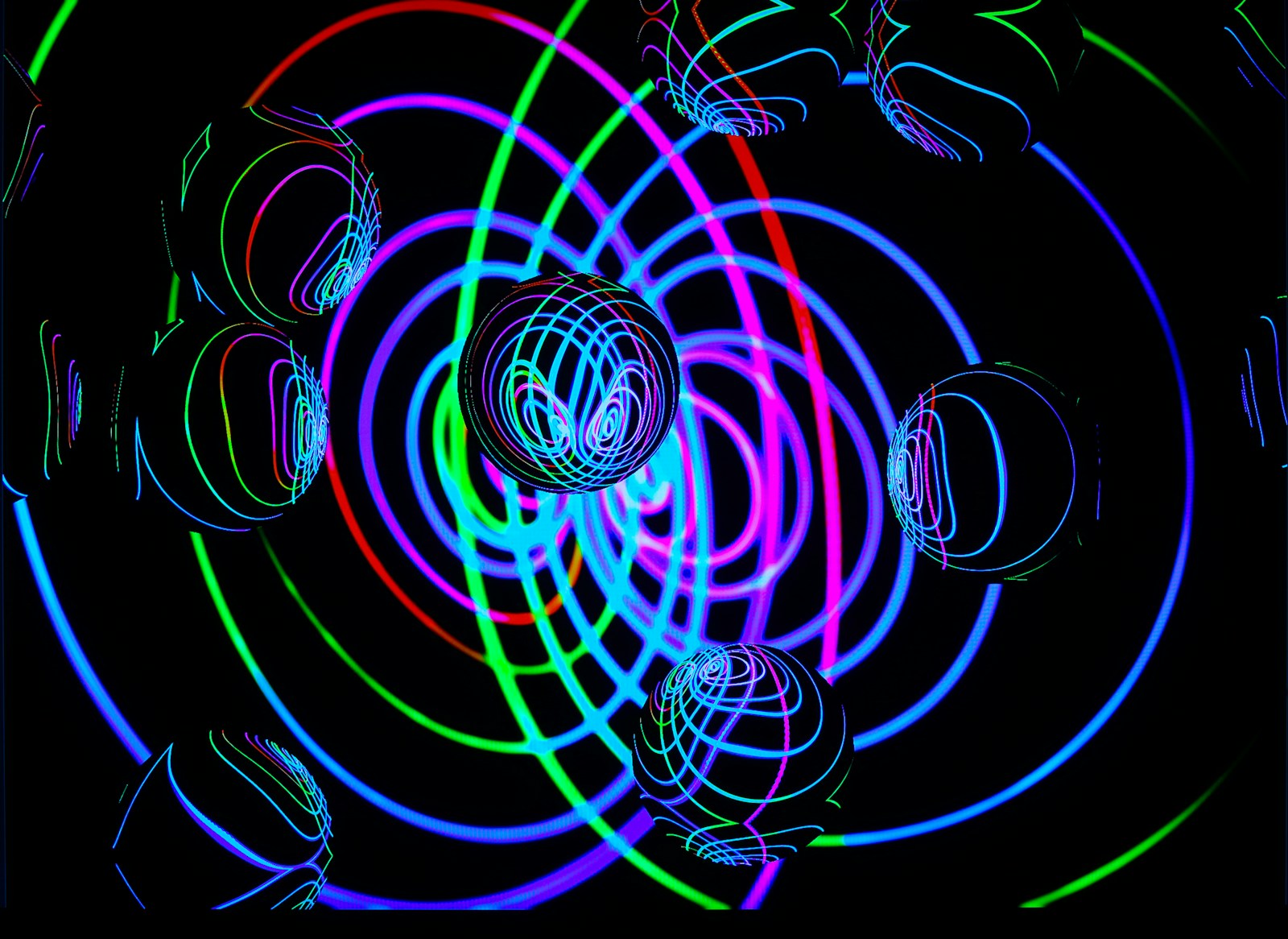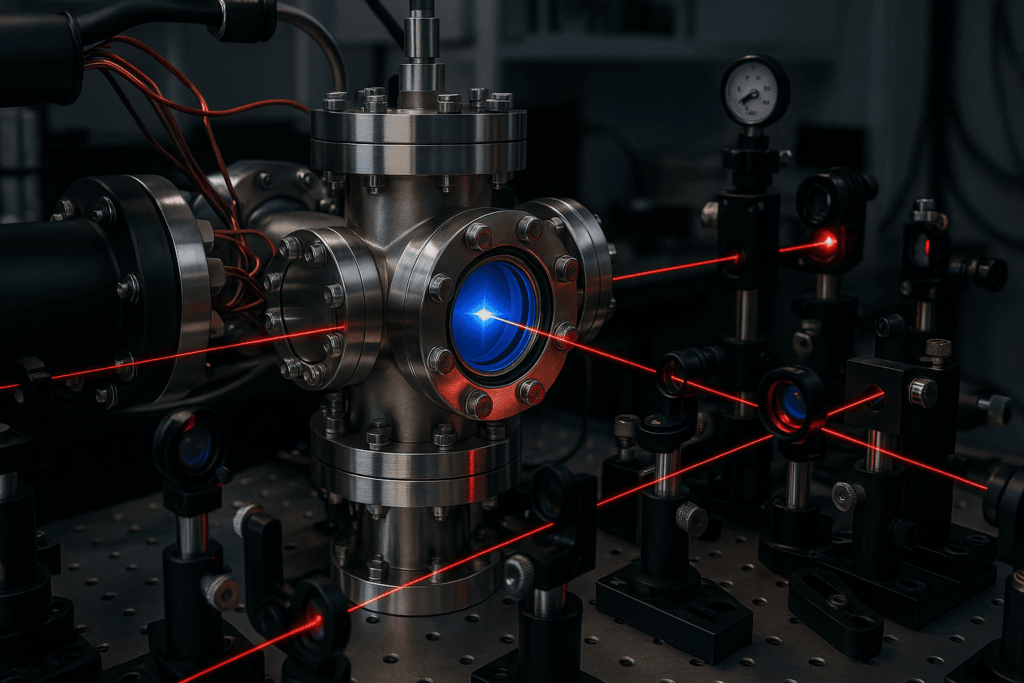Insider Brief
- The Defense Advanced Research Projects Agency – DARPA – is actively investigating ways to unlock the transformative power of quantum computing.
- DARPA looks at the many technological hurdles of quantum computing not as obstacles, but as opportunities.
- The agency is taking a multi-pronged strategy towards fault tolerance.
The challenges and hurdles that face the use of quantum computing are well known – and lengthy: error correction, environmental noise, coherence times, qubit count – and on and on.
Most organizations and companies see these as hurdles – obstacles that must be surmounted to pave the way toward practical quantum computing.
Perhaps owing to its unique organizational DNA, The Defense Advanced Research Projects Agency – DARPA – looks at that list of issues almost as cues — or targets — to improve the performance of quantum computing and unleash its practical benefits.

In an interview with The Quantum Insider, Dr. Mukund Vengalattore, a quantum physicist and program manager for its Defense Sciences Office (DSO), views the complexities and challenges of the field not as insurmountable hurdles to building practical applications, but as places where performance can be improved and as opportunities for research and development breakthroughs.
The Future of Quantum Computing
DARPA has a long history of pioneering research in quantum technologies – and the agency is playing a pivotal role in tapping quantum innovation for pushing the boundaries of quantum computing in the future, said Vengalattore.
One of the promising areas of both current and future research at DARPA is the use of neutral atoms in quantum computing. Neutral atom quantum computing uses atoms with no net electric charge as qubits, harnessing their stable and controllable quantum states for computation. The atoms are precisely monitored using lasers and electromagnetic fields to perform quantum operations. These atoms offer unparalleled precision and sensitivity, making them ideal for creating more stable and efficient quantum systems. Vengalattore said scientists are just at the cusp of understanding – and exploiting – neutral quantum computing.
“We are continuing to push on and we expect that there are still plenty of surprises in store as we further develop and refine these hardware implementations and scale up these implementations to even larger numbers of logical qubits,” said Vengalattore. “I think the previous estimates of how many resources we need to actually get to a point of genuine quantum impact, and the potential applications where quantum advantage may be had – those estimates can rather dramatically change as we continue down this path.”
Eye on Error Mitigation
Related to the investigation of neutral atoms, DARPA’s funding of a study from a team that included Harvard, QuEra Computing, MIT and NIST/University of Maryland scientists shows the importance of innovative approaches to quantum error mitigation and quantum error correction. In that study, the team reported in Nature that it created an array of atoms in the neutral atom quantum computer that can be reconfigured as needed to act as logical qubits.
In the future, Vengalattore said that new error-mitigation and error-correction techniques offer a pathway to solve the issues of information processing with the inherently fragile nature of quantum states. It’s important to note the difference between the two approaches: error correction involves correcting errors in quantum states to maintain coherence, while mitigation strategies are more closely associated reducing the impact of errors without necessarily correcting them.
DARPA has a multi-pronged strategy towards fault tolerance. The Optimization with Noisy Intermediate-Scale Quantum devices (ONISQ) program has recently demonstrated important innovations towards this end. But DARPA’s efforts also include examining practical steps towards error mitigation. By identifying and mitigating errors without necessarily correcting them, significant progress can be made in enhancing quantum processors’ efficiency and effectiveness, according to Vengalattore.
Comparing Quantum Computing Architectures
Vengalattore highlighted the importance of exploring various quantum computing architectures to identify the most effective approaches.
Many algorithm developers create quantum algorithms without considering the specific features and capabilities of the hardware they will run on. Incorporating knowledge about the specific strengths of each hardware platform could lead to better quantum algorithm designs.
“Different architectures are capable of different approaches towards fault tolerance,” said Vengalattore. “And we should be using all of that information, and using the rather unique capabilities of each of these hardware architectures.”
Future Directions and Challenges
Looking to the future, DARPA envisions the possibility of significant advances in quantum computing. Those advances may come from multiple research paths – some current, but Vengalattore suspects there may be some surprises.
First, Vengalattore said there are a lot of opportunities that are just at the edge of the current investigations into quantum.
The ONISQ and MeasQuIT programs, for example, are exploring ways to reimagine the use of qubits. Traditional views of qubits as simplistic two-level systems are giving way to a recognition of their complex internal structures. According to Vengalattore, this insight opens up new avenues for creating redundant information copies without necessitating multiple qubits, thereby potentially revolutionizing error-mitigation strategies.
It’s a vision that draws inspiration from Richard Feynman’s saying that, “there’s plenty of room at the bottom,” Vengalattore said.
“I think one of the things that ONISQ is showing is that the fundamental assumption of a qubit – as being an idealized two-level system – was simplistic to begin with,” said Vengalattore. “There are so many other layers of information that you can encode into that. So why not harness that rich internal structure to encode or to create more redundant copies of that information? If you can truly harness all the internal structure and all the degrees of freedom that nature already provides within each qubit, that opens routes to impactful quantum processing in a resource-efficient manner.”
Distributed quantum computing offers another path to efficient quantum computing. By networking smaller quantum processors, DARPA envisions tackling complex problems through a collective effort that circumvents the need for large-scale, fault-tolerant architectures. This approach, rooted in modular problem-solving, could accelerate the practical application of quantum computing.
Obviously, there will be challenges to overcome. The work is still in its experimental stage and hurdles remain. However, while many scientists look at these challenges as obstacles, DARPA looks at them as opportunities – opportunities to discover and invent. The DARPA initiatives ultimately show how the agency is committed to pushing the boundaries of what’s possible in quantum computing – and beyond.
“In a certain sense, the DARPA mission is to create that strategic surprise for everyone,” said Vengalattore. “While everybody is looking one way, we want to be making sure we’re looking the other way, too.”
If you found this article to be informative, you can explore more current quantum news here, exclusives, interviews, and podcasts.
















